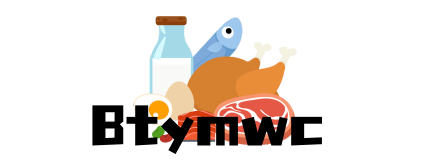Hey there, food enthusiasts! In this blog post, we’re going to dive deep into the world of food labels and uncover the secrets they hold. Reading food labels is like having a superpower – it empowers you to make informed choices about the food you eat. So, let’s get started!
The first thing you’ll notice on a food label is the ingredient list. This is where you can find out exactly what’s in the food you’re considering. Start by looking for familiar ingredients and avoid anything with a long list of unrecognizable or heavily processed items. Also, be on the lookout for allergens or ingredients you may be trying to limit, such as sugar or sodium.
Next up, we have the nutrition facts panel. This is where the real magic happens. Here, you’ll find information about calories, fat, protein, carbohydrates, and a whole bunch of other important details. Let’s break it down:
- Calories: Keep an eye on the calorie count to manage your overall intake. If you’re watching your weight, aim for lower calorie options.
- Fats: Look at the types of fats listed (saturated, unsaturated, trans fat) and aim for a good balance. Too much saturated fat can be unhealthy.
- Sodium: High sodium levels can contribute to high blood pressure, so choose foods with lower sodium content whenever possible.
- Sugar: Sugar can be hidden in many foods under different names like high fructose corn syrup or dextrose. Be cautious of foods with high sugar content.
- ** Fiber**: Fiber is essential for good digestion, so look for foods that are a good source of it.
- Vitamins and Minerals: Check out the % Daily Value (DV) to see how much of each nutrient the food provides compared to your daily needs.
In addition to the nutrition facts, pay attention to other labels like “organic,” “gluten-free,” “non-GMO,” or “certified humane.” These labels can give you more information about the food’s production methods and potential benefits.
But reading food labels isn’t just about numbers and percentages. It’s also about being aware of marketing tricks and claims. For example, “low-fat” doesn’t always mean it’s healthy if it’s loaded with sugar or other unhealthy ingredients.Similarly, “all-natural” doesn’t necessarily mean it’s good for you.
To make the most of food labels, here are some tips to keep in mind:
- Compare similar products: Look at multiple brands and compare the labels to find the best option for you.
- Don’t rely solely on front labels: The front of the package can be deceiving. Always flip it over and read the ingredient list and nutrition facts.
- Be mindful of portion sizes: The nutrition information is usually based on a specific serving size. Make sure you’re aware of how much you’re actually consuming.
- Consider your overall diet: Reading food labels should be part of a comprehensive approach to a healthy diet. Focus on variety, whole foods, and moderation.
In conclusion, reading food labels is a powerful tool that allows you to make informed decisions about the food you put in your body. By understanding the ingredients, nutrition facts, and any special labels or claims, you can choose foods that align with your health goals and values. So, the next time you’re at the grocery store, take a few extra minutes to unlock the secrets of those food labels and make choices that are good for you and the planet!





